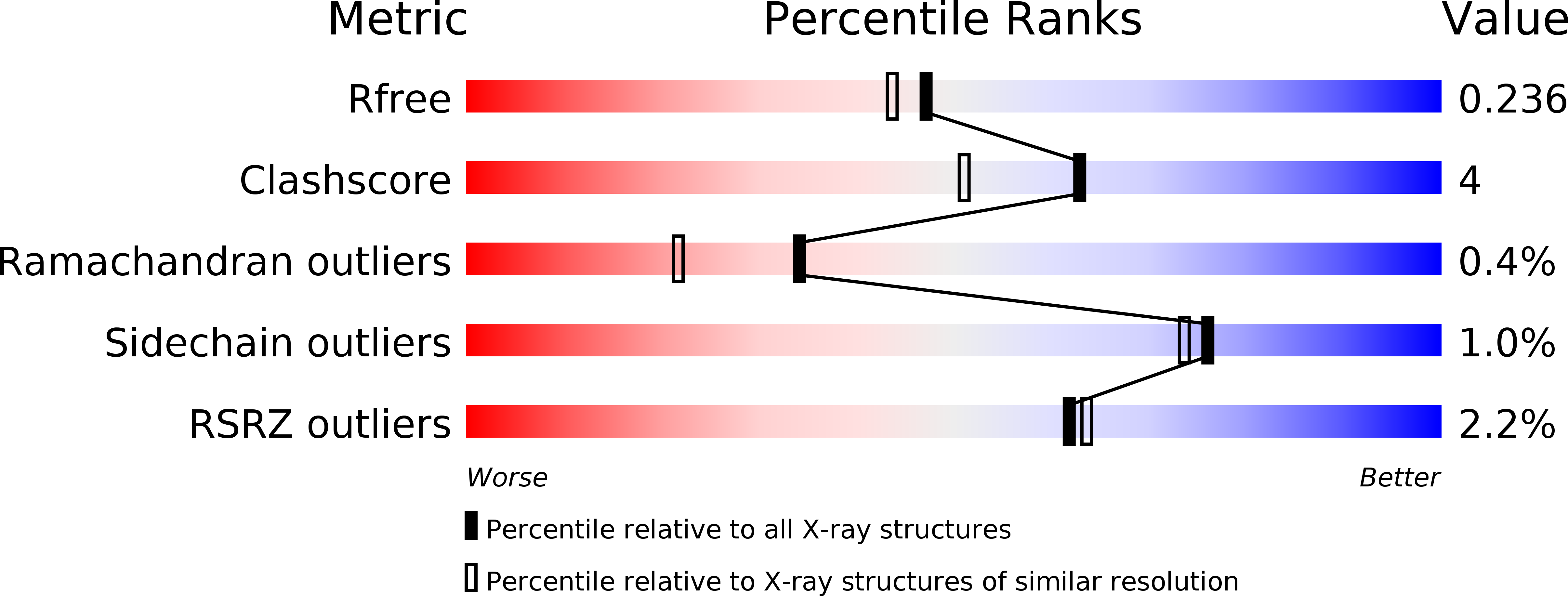
Deposition Date
2016-02-27
Release Date
2017-03-15
Last Version Date
2024-10-23
Entry Detail
PDB ID:
5IG7
Keywords:
Title:
Crystal structure of anti-gliadin 1002-1E01 Fab fragment in complex of peptide PLQPQQPFP
Biological Source:
Source Organism:
Homo sapiens (Taxon ID: 9606)
Host Organism:
Method Details:
Experimental Method:
Resolution:
1.97 Å
R-Value Free:
0.23
R-Value Work:
0.18
R-Value Observed:
0.19
Space Group:
P 1 21 1


